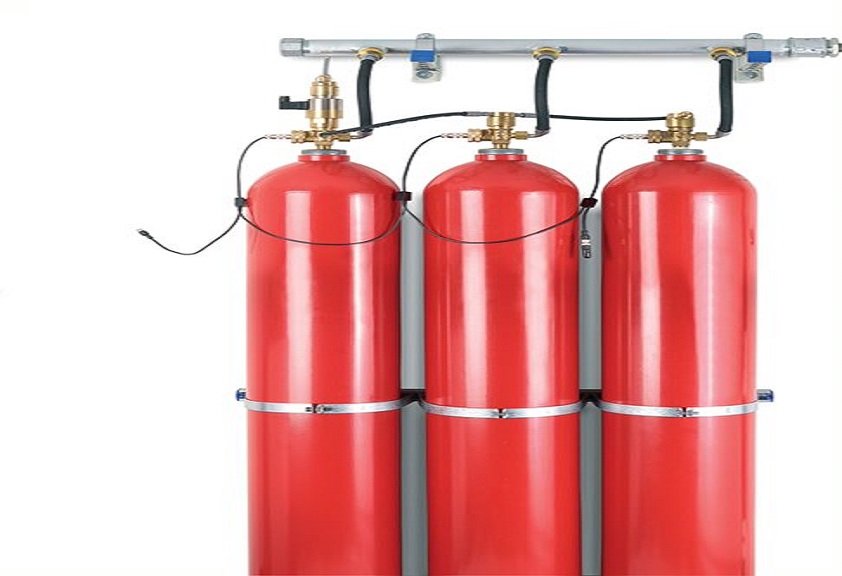Overview
CO2 was the original gaseous Fire Suppression agent and with appropriate safety measures is still used today as an effective and economical solution.
CO2 is the only gaseous agent where the design rules specifically provide guidance on the protection of deep seated hazards.
Total flooding or local application systems are designed to meet the requirements of NFPA 12 or BS5306-4 and are specifically designed using hydraulic flow calculation.

High Pressure Carbon Dioxide Systems are especially operative for non-occupied protected areas. Whatever the application, from cylinders to nozzle, each system is bespoke tailored for your specific fire hazards and its nuances. High pressure systems use singular storage cylinders that can be used simultaneously via a manifold setup resulting in a rapid discharge.
When it comes to protecting your building from a fire, you probably want the best systems in place to give your property the best protection. However, it can be difficult to figure out which fire protection system is right for you. Depending on the assets you are trying to protect, a CO2 fire suppression system may be the right choice for you. It working for fire Class A, B, C hazards, and it is non-damaging to property and electrically non-conductive. It can be works automatically, manually and mechanically with minimal carbon dioxide agent to extinguishing a protected area and no need to clean-up. It is Clean, Green and Cost Effective fire safety systems
- It is non-conductive and non-corrosive and easy to clean up after discharging
- ODP=0 (Zero Ozone-layer Depletion Value).
- Zero Global Warming Potential.
- Easily Distributed.
- Cost Effective-low refilling cost
- Applicable to deep-seated fires.
- Stored in high quality of spun cylinders.
- Easy to install.
- Readily Available.
- Fewer Components.
- Excellent grade of risk penetration.
- Maritime System.
- Automated storage and retrieval facilities.
- Research Institute.
- Computer Rooms.
- Data Processing Rooms.
- Telecommunication Facilities.
- Government Facilities.
- Automotive Vehicles.
- Production and Processing and Printing Facilities.
- Blast Furnace Indirect Coal Firing Systems and Plant.
- Liquid Storage Rooms.
- Wind Turbine Generators.
- Engine Rooms.
- Dust Collectors.
- And many others facilities.
- Switch Rooms.
- Museums Rooms.
- Library Rooms.
- The archives.
- Paper Storage Rooms.
